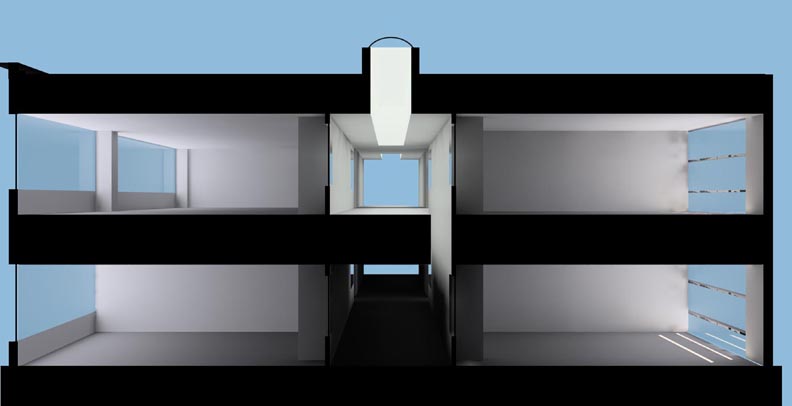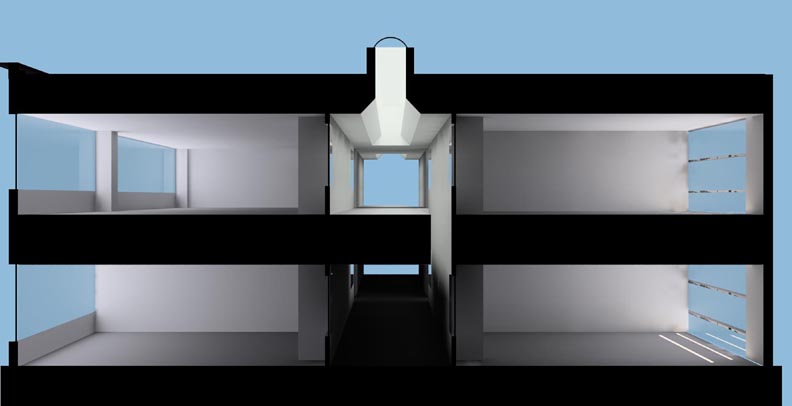|  | GNOMON CONSULTING, LLC | | Promoting Daylighting in Design |
|  | |
As the design develops and strategies for optimizing energy and daylight emerge, testing of options can begin. If energy saving goals have been set, the performance of design options can be measured against these goals.
Architectural design has become a much more collaborative process. As energy use requirements for new construction have become more stringent, the expertise provided by consultants has become an increasingly important contribution to the design effort. Ideally, the design of high performance green buildings is an integrated process. As each design option is studied and improved upon, a feedback loop develops where consultants provide information and advice to the architect. We coordinate with the architect to develop shading strategies, with the mechanical engineer to find an optimal balance of daylight vs. heat gain, and with the lighting designer to develop a lighting control strategy.
|
 |
 |
| Skylight Option 1 |
Skylight Option 2 |
As the design develops and strategies for optimizing energy and daylight emerge, testing of options can begin. During design, daylighting studies generally start out very basic and are useful for making decisions about massing and programming. As the design evolves, certain areas may require a more detailed daylighting model study of interior spaces. These models are useful for comparing the performance of different geometries, materials, and glazing. If target daylight levels and zones have been established, these iterative studies are key to make sure the design is on track to meet the target. If LEED Credit 8.1 Daylighting is attempted, it is critical to check this periodically during design either with computer models or by using the geometric formulas established by the USGBC.
Computer or scale models are extremely useful tools for visualization as well. Images from rendered computer models are often very useful in helping clients understand a design. Even those professionals who are trained in understanding how a building goes together by looking at 2-dimensional drawings find 3-D models help in visualization. Again, if we don't model it, we're just guessing. |
|
| |
|
|
|
|